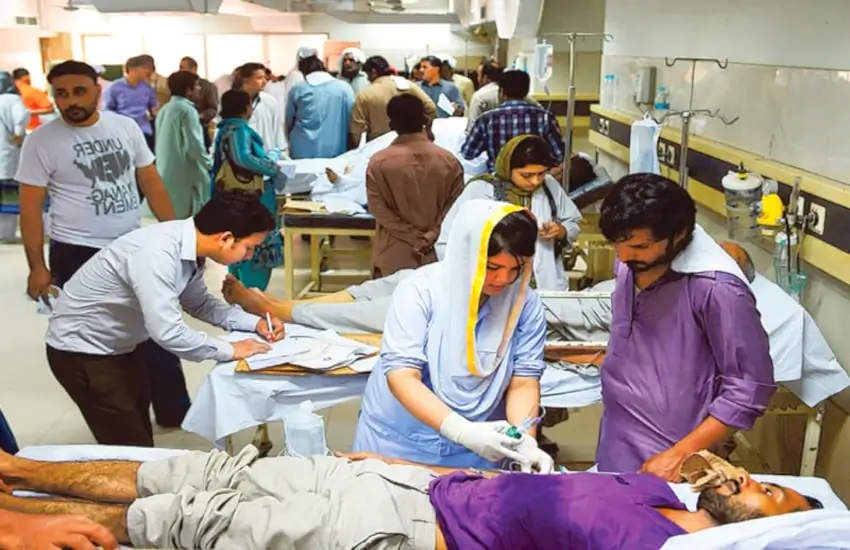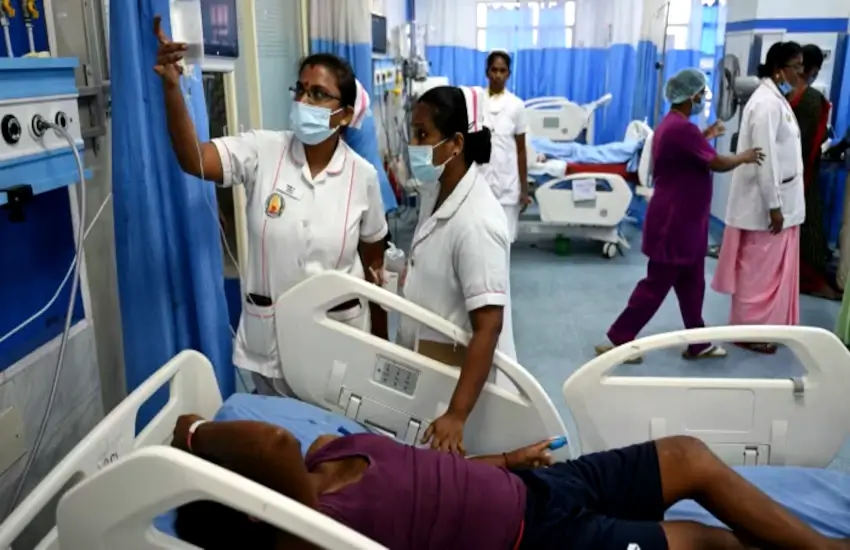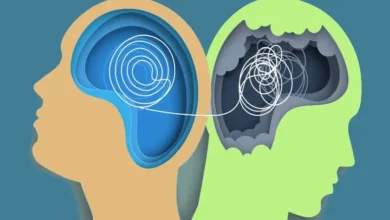How Healthcare Shapes a Healthier and Brighter Future

Healthcare is an essential foundation of human society, acting as a vital thread in the fabric of our daily lives. It encompasses many services, from routine check-ups to life-saving surgeries, aimed at enhancing health and prolonging life. But why is healthcare so important? It improves individual well-being and fosters societal progress by increasing productivity, reducing inequality, and supporting economic growth.
What is Healthcare?
At its core, healthcare refers to the organized provision of medical services to maintain or improve health. It includes everything from the diagnosis and treatment of diseases to preventive measures aimed at stopping illnesses before they start. The healthcare system is a network of professionals, facilities, and resources working together to ensure that individuals and communities receive the care they need.
Key Components of Healthcare
Primary Care
Primary care is the first line of defense in the healthcare system. It focuses on general health management, such as routine check-ups, vaccinations, and the early detection of illnesses. Providers like family doctors and community health centers play a crucial role in delivering primary care services.
Secondary Care
When conditions require more specialized attention, secondary care steps in. This includes services provided by specialists like cardiologists, dermatologists, or surgeons. Usually, patients are referred to secondary care providers by their primary care physicians.
Tertiary Care
Tertiary care represents the highest level of medical treatment. It involves advanced procedures and facilities, such as cancer treatment centers and organ transplant units. These specialized hospitals are equipped to handle complex cases that require intensive care and expertise.
Public Health
Public health is all about preventing diseases and promoting wellness at the community level. It involves initiatives like sanitation programs, health education campaigns, and vaccination drives, all aimed at improving the quality of life for entire populations.
Types of Healthcare Systems
Public Healthcare
Public healthcare systems are funded and managed by governments, making medical services accessible at low or no cost. Examples include the UK’s National Health Service (NHS) and Australia’s Medicare. While public healthcare is affordable, it often faces challenges like long waiting times and limited resources.
Private Healthcare
Private healthcare systems are operated by independent entities, offering faster and more personalized services. Patients pay for these services directly or through private insurance. Though efficient, private healthcare can be costly and less accessible to lower-income groups.
Universal Healthcare
Universal healthcare aims to provide medical access to all citizens, irrespective of their income. It often combines public funding with private delivery systems, ensuring comprehensive care for everyone. Examples include Canada’s healthcare system and some European models.
Search for health: Pilates For Health, Health Benefits of Fasting and What is Lupus.
Challenges in Healthcare
Access and Affordability
Despite advancements, millions of people worldwide struggle to access basic healthcare. Economic disparities, geographical barriers, and inadequate infrastructure remain significant hurdles.
Workforce Shortages
The global shortage of healthcare professionals, including doctors and nurses, hampers service delivery. Rural areas are particularly affected, creating an uneven distribution of care.
Technological Integration
While technology holds immense potential, integrating it into existing systems is challenging. High costs, training requirements, and resistance to change are common barriers.
Chronic Diseases
The rising prevalence of chronic diseases like diabetes and heart disease is stretching healthcare resources thin. Managing these conditions requires long-term care and substantial investment.
The Future of Healthcare
Telemedicine
Virtual consultations and remote monitoring are transforming healthcare delivery. Telemedicine makes it easier for people in remote or underserved areas to access quality care.
Artificial Intelligence (AI)
AI is revolutionizing healthcare by assisting in diagnostics, treatment planning, and patient monitoring. From identifying patterns in medical data to predicting health outcomes, AI is a game-changer.
Personalized Medicine
With advancements in genetic research, treatments can now be tailored to an individual’s genetic profile. This personalized approach ensures better results and fewer side effects.
Preventive Care
Preventive care emphasizes lifestyle changes and early interventions to avoid diseases. By focusing on wellness rather than illness, it aims to reduce healthcare costs and improve overall health outcomes.
Conclusion
Healthcare is a cornerstone of human development, shaping the well-being of individuals and societies alike. As technology and medicine evolve, addressing challenges like affordability and accessibility will be crucial. By prioritizing innovation and equity, healthcare systems can pave the way for a healthier and more sustainable future.
FAQs
1. What is the difference between primary and secondary care?
Primary care focuses on general health management, while secondary care involves specialized medical services for more complex conditions.
2. How does universal healthcare work?
Universal healthcare ensures access to medical services for all citizens, often through a mix of public funding and private delivery.
3. What are the major challenges in healthcare today?
Key challenges include access and affordability, workforce shortages, technological integration, and the rising prevalence of chronic diseases.
4. How is technology improving healthcare?
Technology enhances diagnostics, treatment planning, and patient monitoring, making healthcare more efficient and accessible.
5. Why is preventive care important?
Preventive care reduces the risk of diseases by focusing on early interventions and lifestyle changes, improving long-term health outcomes.









